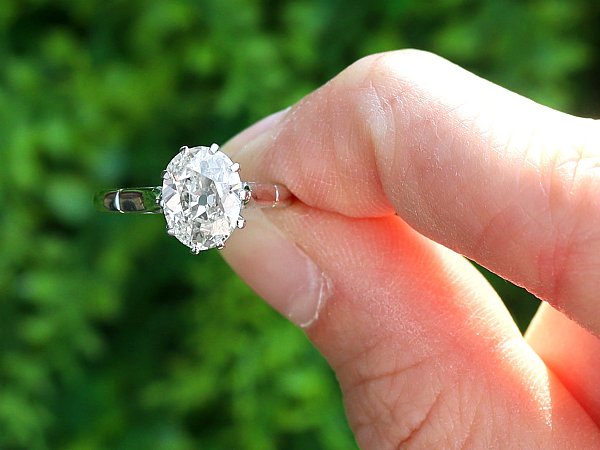If you’re like us and always have one eye on what’s trending in the jewellery industry you may have heard of the infamous ‘moval cut’. Join us to discover the emerging trend for the unique cut that is fast becoming the popular alternative to oval cut engagement rings.
What Is a Moval Cut Diamond?
Everybody knows when two become one it can be a beautiful thing and that’s what has been perfected in the moval cut! A moval cut is a unique gemstone cut that combines the tapered edges of a marquise cut with rounded points of the oval cut. Any gemstone can be moval cut but we are seeing more and more diamond engagement rings feature moval cuts as the feature stone.
What Is the Difference Between Moval and Oval Diamonds?
The moval is a cross over between the oval and a marquise cut, so let’s talk about both of these cuts first! Both of these cut’s maximise on finger real-estate, stretching up the finger and giving the illusion of a larger stone.
The oval cut is an extremely beautiful cut choice, especially if well-proportioned. Oval cuts come in a variety of shapes and sizes in a length to width ratio but in general are an elongated stone with rounded edges.
The marquise cut is an elongated elliptical shape with pointed edges. The chic silhouette of the marquise diamond ring is a popular amongst modern brides but can be traced back to the 18th century, when King Louis XV of France asked a jeweller to create a diamond shape that compared to the lips of his mistress. The cut, often referred to the navette shape, was worn by women of high social status.
The moval cut is the combination of these two traditional shapes. More elongated than the traditional marquise cut, baring softer edges like the oval, this cut gives the illusion of a bigger stone without the angular points.
Antique Moval Cut Gemstones
Although the moval cut has emerged as a modern trend, it is not necessarily a modern cut. Yes, today’s technology certainly makes it easier to produce elegant moval cuts but antique moval cuts exist! The moval cut was popular during the early 20th century from through the Edwardian era to the Art Deco era. These 1910 pendant necklaces are perfect examples of Edwardian moval cuts!
Alternative: The Roval Cut
If you’re liking the sound of the moval cut, you might be interested in the roval cut. The roval cut is a combination of the round cut and the oval cut. On first glance it’s easy to mistake this cut as the classic round brilliant cut but the ratios show that the cut is slightly elongated, not quite stretching to the oval shape.
Explore our range of antique and vintage rings online at AC Silver to find your perfect cut!
